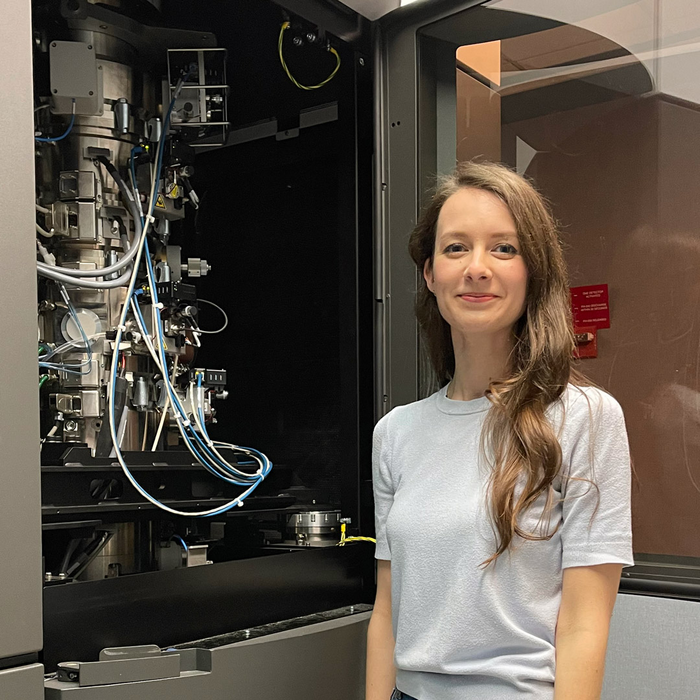RNAs are having a moment. The foundation of COVID-19 vaccines, they’ve made their way from biochemistry textbooks into popular magazines and everyday discussions. Entire companies have launched dedicated to RNA research. These tiny molecules are traditionally known for helping cells make proteins, but they can do much more. They come in many shapes and sizes, from short and simple hairpin loops to long and seemingly tangled arrangements. RNAs can help activate or deactivate genes, change the shape of chromosomes, and even destroy other RNA molecules.

Credit: Joshua-Tor lab/CSHL
RNAs are having a moment. The foundation of COVID-19 vaccines, they’ve made their way from biochemistry textbooks into popular magazines and everyday discussions. Entire companies have launched dedicated to RNA research. These tiny molecules are traditionally known for helping cells make proteins, but they can do much more. They come in many shapes and sizes, from short and simple hairpin loops to long and seemingly tangled arrangements. RNAs can help activate or deactivate genes, change the shape of chromosomes, and even destroy other RNA molecules.
Unfortunately, when RNA malfunctions, it can result in cancer and developmental disorders.
It takes a lot to keep RNAs in check. Our cells have molecular “machines” that eliminate RNAs at the right time and place. Most come equipped with a “motor” to generate the energy needed to untangle RNA molecules. But one machine in particular, named Dis3L2, is an exception. The enzyme can unwind and destroy RNA molecules on its own. This has puzzled scientists for years. Now, Cold Spring Harbor Laboratory (CSHL) biochemists have pieced together what’s happening.
It turns out Dis3L2 changes shape to unsheathe an RNA-splitting wedge.
Using state-of-the-art molecular imaging technology, CSHL Professor and HHMI Investigator Leemor Joshua-Tor and her team captured Dis3L2 at work. They fed the molecular machine hairpin snippets of RNA and imaged it getting “eaten” at various stages. After the machine had chewed up the tip of the RNA, it swung open a big arm of its body to peel apart the hairpin and finish the job.
“It’s dramatic,” Joshua-Tor says. “We know things change conformation. They buckle. But opening something out like that and exposing a region in this way—we didn’t quite see something like this before.”
Joshua-Tor’s team then began tinkering with the Dis3L2 machine, searching for the gears and parts enabling it to unwind and destroy RNA. The researchers narrowed it down to a protruding wedge left unsheathed after the machine shifted shapes. If the researchers removed the wedge, Dis3L2 could no longer untangle the RNA hairpin, putting the machine out of commission.
The findings reveal a surprising new way that RNA-controlling machines in our cells execute their tasks. Rather than solid structures, these molecular workhorses need to be considered malleable and versatile. This new outlook may help scientists develop better treatments for diseases and disorders caused by RNA gone haywire. “We have to start thinking about these things as much more dynamic entities,” Joshua-Tor says, “and take that into account when we are designing therapeutics.”
Journal
Nature Structural & Molecular Biology
DOI
10.1038/s41594-023-00923-x
Article Title
A shape-shifting nuclease unravels structured RNA
Article Publication Date
23-Feb-2023




